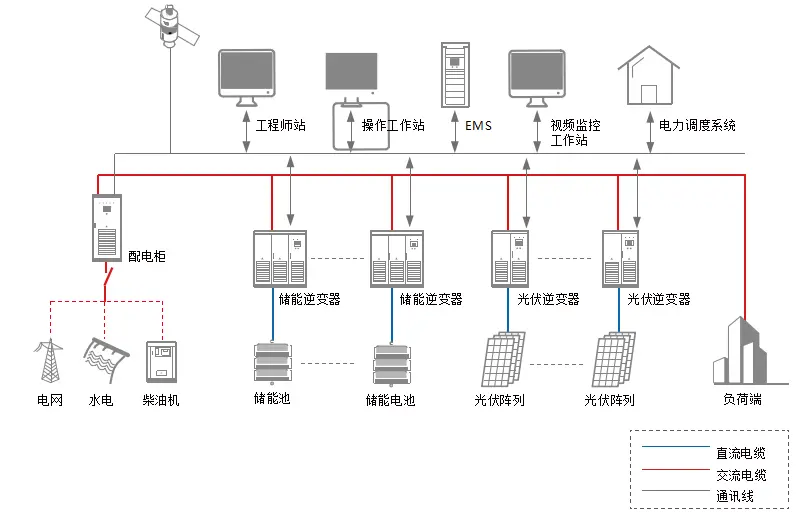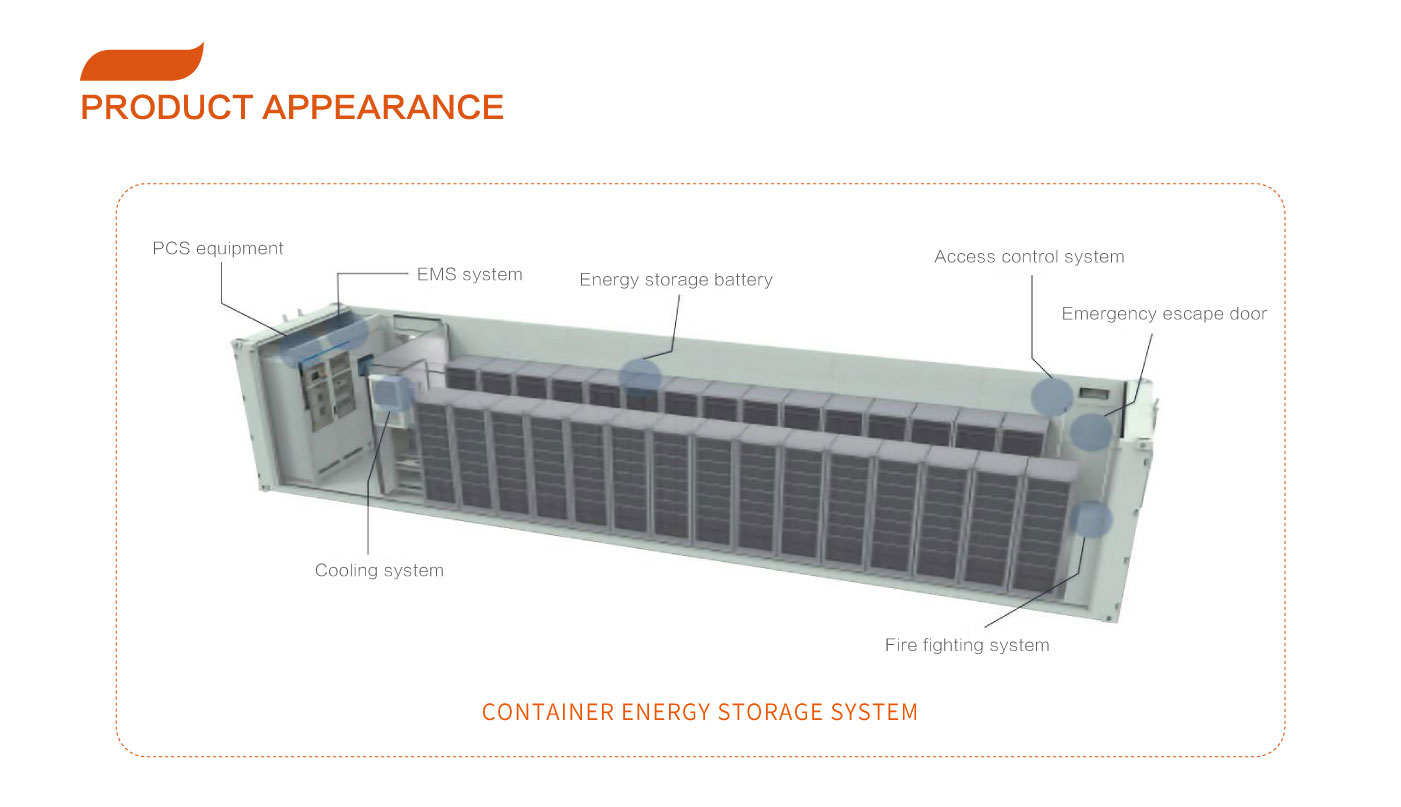The Battery Energy Storage System (BESS for short) is a system that uses lithium batteries/lead batteries as energy storage carriers to store electric energy and supply electric energy within a certain period of time, and the provided electric energy has smooth transition, cutting Peak filling and valley filling, frequency modulation and voltage regulation and other functions.
Inductor-type energy storage: the use itself is an energy storage element, and its stored electric energy is proportional to its own inductance and the square of the current flowing through it: E = L*I*I/2. Since inductors have resistance at room temperature, and resistance consumes energy, many energy storage technologies use superconductors. Inductive energy storage is still immature and has relatively few applications;
Capacitor-type energy storage: It is also an energy storage element itself, and its stored electric energy is proportional to its own capacitance and the square of the terminal voltage: E = C*U*U/2. Capacitive energy storage is easy to hold and does not require superconductors. Supercapacitors are produced by utilizing the characteristics of capacitor-type energy storage to provide instantaneous high power, and are suitable for applications such as lasers and flashlights.
In addition, there are other energy storage methods: such as mechanical energy storage.
Including energy storage, photovoltaic, hydropower, etc., the energy storage system is the core component of the microgrid, often used together with photovoltaic, wind power, etc.

Because battery energy storage has the advantages of relatively mature technology, large capacity, safety and reliability, low noise, strong environmental adaptability, and easy installation, batteries are often used in energy storage systems to store electrical energy. At present, energy storage systems are mainly composed of energy storage units and monitoring and control systems. Composition of dispatching management unit: energy storage unit includes energy storage battery pack (BA), battery management system (BMS), energy storage converter (PCS), etc.; monitoring and dispatching management unit includes central control system (MGCC), energy management system (EMS) etc.
At present, the more commonly used application modes are: energy-based energy storage system, power-based energy storage system, grid-level energy storage system, commercial energy storage system, household energy storage system, etc.
The technology of the energy storage system mainly includes the management of the energy storage bidirectional inverter, the energy storage battery, and the reasonable scheduling of the system energy by the monitoring and dispatching management unit.

1. Battery management system
The battery management system (BMS) is installed in the energy storage battery pack, responsible for collecting information such as voltage, temperature, current, capacity, etc. of the energy storage battery pack, real-time status monitoring and fault analysis, and at the same time communicating with PCS through the CAN bus, monitoring and dispatching The system communicates online to realize the optimal charging and discharging management control of the battery. Each cluster of battery packs in the system is equipped with a battery management system, which can achieve the purpose of effectively and efficiently using each cluster of energy storage batteries and overall rational deployment.
BMS has the functions of battery voltage equalization, battery pack protection, thermal management, analysis and diagnosis of battery performance, etc. It is required to be able to measure the battery module voltage, charge and discharge current, temperature, and the terminal voltage of the single battery in real time, and calculate the internal resistance of the battery and other parameters, and obtain the diagnosis of the current capacity or remaining capacity (SOC) of the single battery by analyzing the diagnostic model , the diagnosis of the state of health (SOH) of the cell, the evaluation of the state of the battery pack, and the estimation of the sustainable discharge time at the current state when discharging.
2. Monitoring and scheduling management system
The monitoring and scheduling management system is the energy scheduling and management center of the energy storage unit, including the central control system (MGCC) and the energy management system (EMS), responsible for collecting all battery management system data, energy storage converter data and power distribution cabinet data , send control instructions to each part, control the operation of the entire energy storage system, and arrange the work of the energy storage converter reasonably; command to run.
Among them, the energy management system is the nervous control system of the energy storage system. In order to realize the reasonable dispatch of energy, according to the peak and valley characteristics of the power grid, it can realize the economic operation of the microgrid. and other functions.